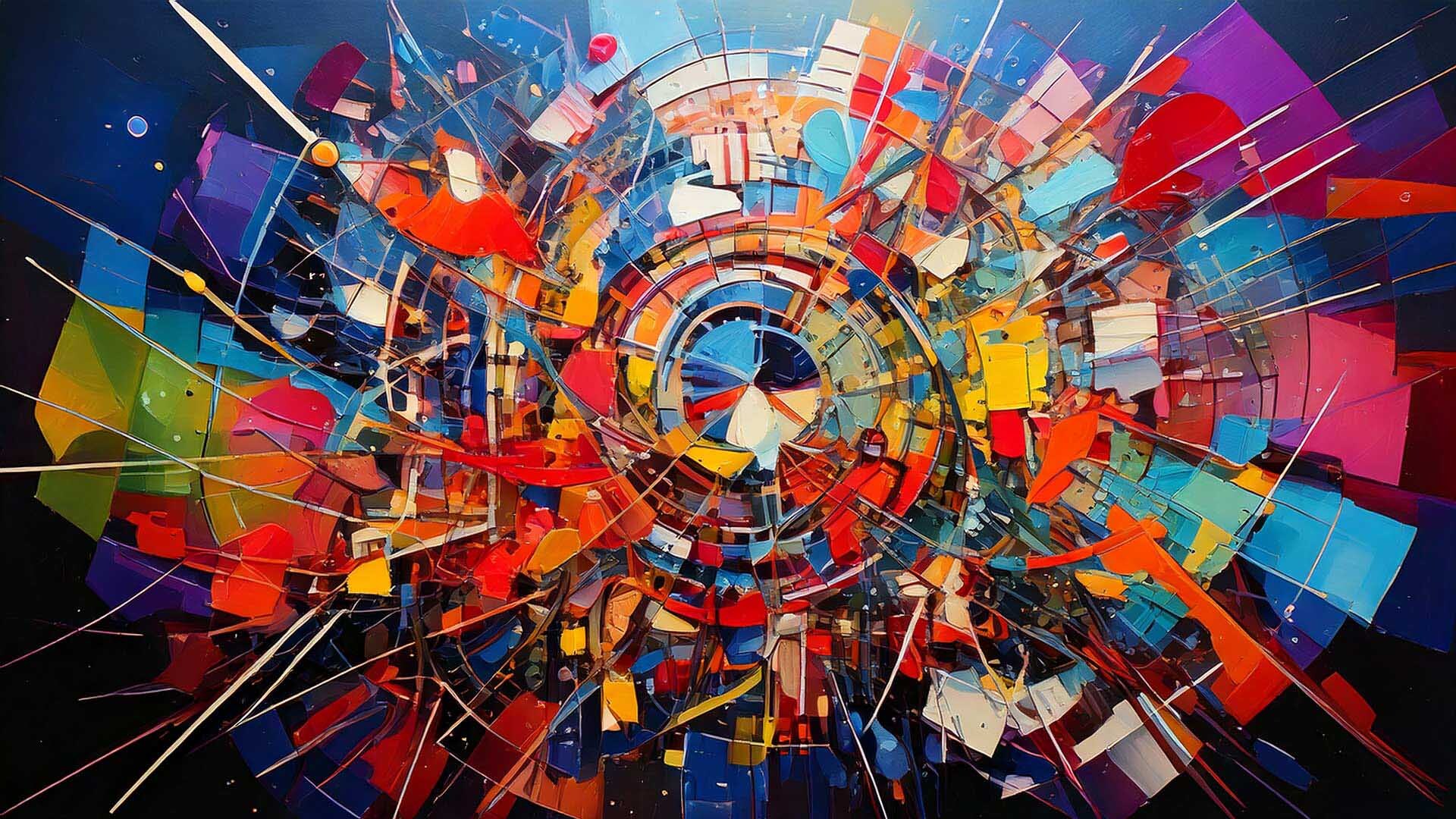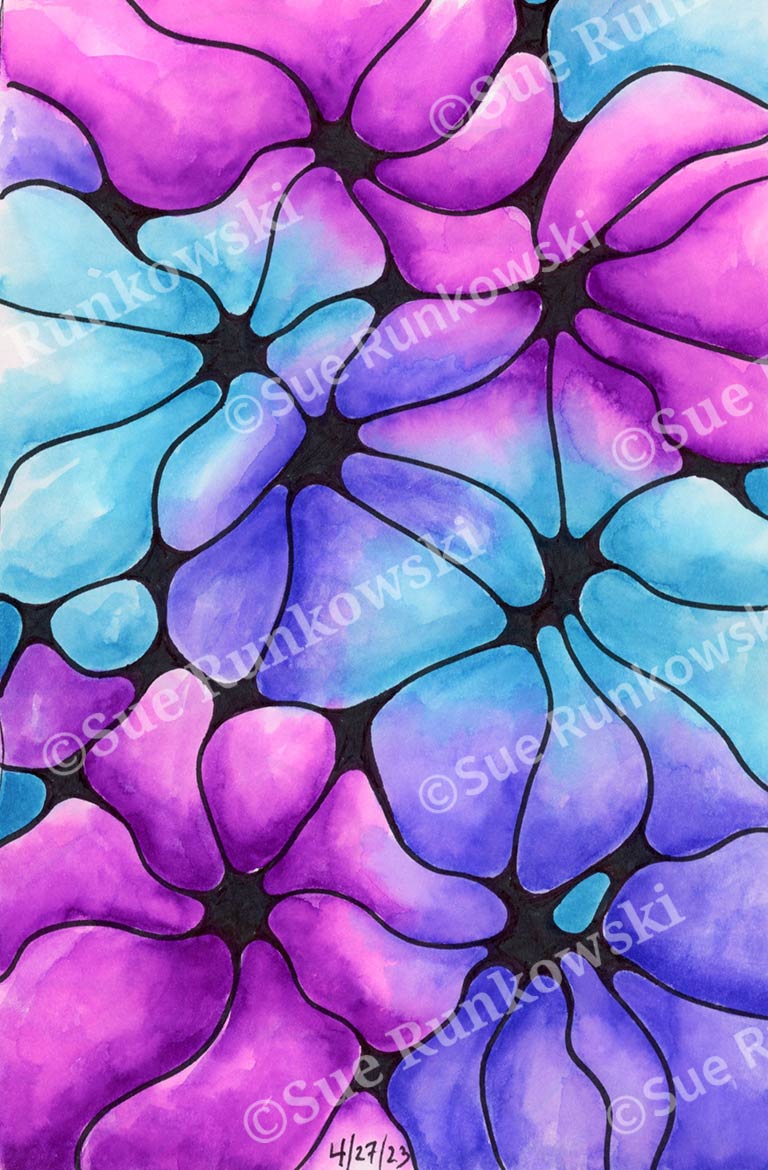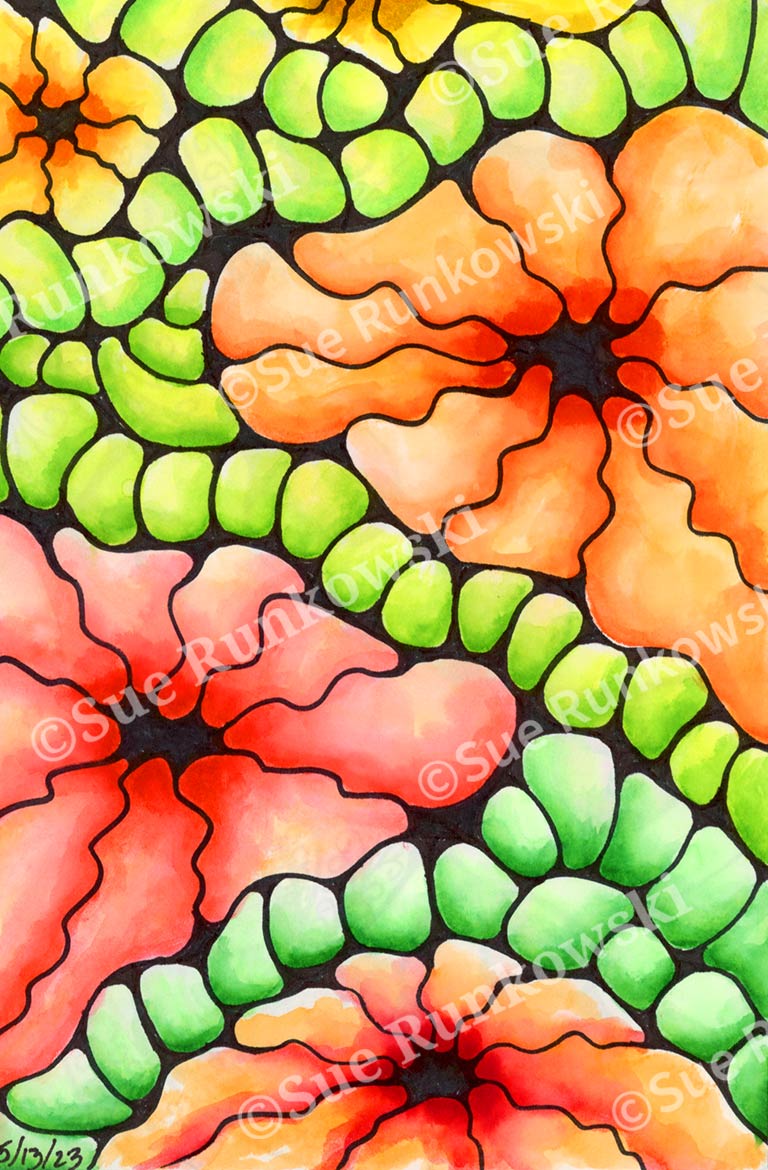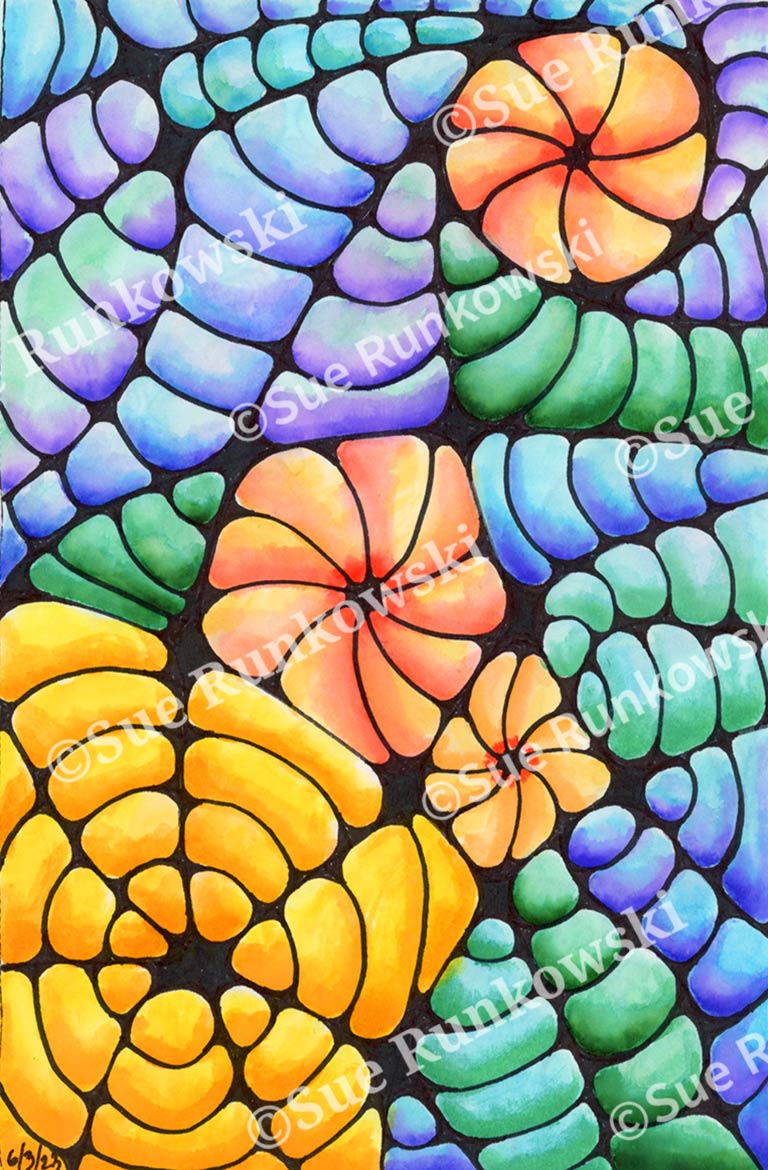Read time 2 minutes
ynchromism, an innovative art movement from the early 20th century, forever transformed the relationship between color and emotion. Founded by visionary American artists Stanton Macdonald-Wright and Morgan Russell in the 1910s, Synchromism sought to blend the worlds of color and music, exploring how colors can evoke feelings and rhythms much like music does. This revolutionary approach to color and abstraction has profoundly influenced my own artistic journey, and has reshaped how I think about and use color in ways I never imagined when I first discovered the movement.
At its essence, Synchromism is based on the idea that color, like music, can be used to evoke specific emotional tones and rhythms. Just as musical notes come together to create melodies, colors can be arranged in harmonious sequences to form a visual symphony. The movement broke away from traditional views of color, emphasized its potential to go beyond mere decoration or representation, and instead to become a powerful force capable of influencing our emotions and perceptions. It is a concept that parallels the way music stirs our emotions through melody, rhythm, and harmony.This connection between color and emotion has become central to my own work. Synchromism opened my eyes to the idea that color isn’t just a tool to represent form, light, or shadow—it is an emotional language all its own. Inspired by this, I began to experiment with color as pure abstraction, arranged hues in dynamic and rhythmic patterns that conveyed moods and sensations, much like a composer creates music. I experiment with Synchromism concepts exclusively in my sketchbooks.
Synchromism also transformed my approach to composition. Like Macdonald-Wright and Russell, I started to see the canvas as a space for visual music, where colors interact to create harmony or tension. I emphasize the rhythm of color, using patterns that repeat, shift, and evolve—creating a visual melody that guides the viewer’s eye and evokes emotions ranging from calm and serene to vibrant and energetic.
Furthermore, Synchromism inspired me to embrace abstraction in its purest form. While I still incorporate representational elements, I find myself drawn to the creation of non-representational works that focus purely on the relationships between colors. This freedom to break away from traditional depictions has allowed me to explore the expressive potential of color itself, just as the Synchromists did. Their bold use of dynamic arrangements and vivid hues continues to influence my exploration of abstraction, inspiring me to push the boundaries of color and form.
Ultimately, the Synchromism movement has been instrumental in shaping my artistic evolution. Its belief in the emotional power of color and its innovative approach to color composition continue to inspire and guide my creative practice. I now understand that, much like music, color can evoke complex, deep emotions, and I strive to harness that power in every piece I create. Through this lens, my artwork becomes an experience—an emotional journey that engages the viewer on a sensory level, just as Synchromism intended.






